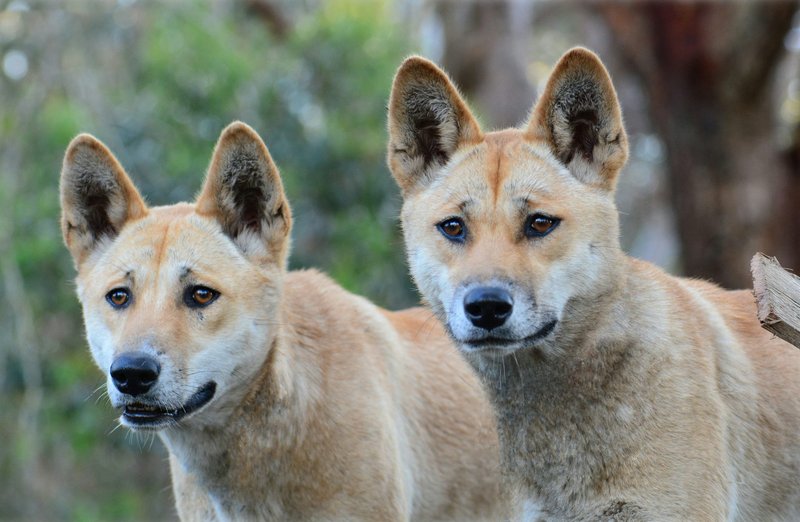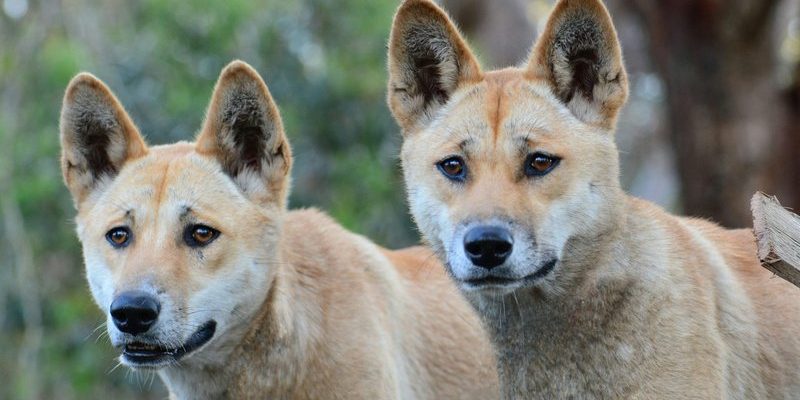
The dingo, often seen as a symbol of the wild outback, has a history that stretches back thousands of years. You might be surprised to learn that they share a common ancestry with domestic dogs, tracing their roots to the same robust lineage. As we dive into the evolutionary history of the dingo, we’ll explore how they adapted to survive in a harsh environment while thriving in their role as apex predators.
The Origins of the Dingo
Dingoes are believed to have originated from domesticated dogs that traveled with humans. Estimates suggest that these dogs arrived in Australia around 4,000 years ago, likely brought by seafarers from Southeast Asia. As they settled in this new land, these canines began to adapt. Rather than following the usual domesticated path, they reverted to a wild lifestyle.
Genetic studies reveal that dingoes are closely related to the Asian wolf, showcasing their wild ancestry. Over generations, dingoes adapted to the Australian environment, developing traits such as a leaner body and a softer coat. This transformation allowed them to thrive in a landscape filled with unique challenges, like extreme temperatures and a scarcity of water.
You might wonder how these adaptations took place. In the wild, dingoes were not only scavengers but also hunters. They learned to chase kangaroos and rabbits, honing skills that would increase their chances of survival. Imagine them as the original “Australian bush dogs,” carving out their own niche in a land that was, and still is, teeming with both beauty and danger.
The Dingo’s Role in the Ecosystem
Dingoes play a crucial role in maintaining the balance of their ecosystem. As apex predators, they help regulate the populations of various herbivores, including kangaroos. When dingoes are present, these populations stabilize, which benefits plant life and the overall health of their habitat.
Here’s the thing: without dingoes, herbivore numbers can skyrocket, leading to overgrazing. This, in turn, can cause soil erosion and loss of native plant species. Such interactions reflect a beautifully complex web of life, where every creature, big or small, maintains its position and purpose.
Additionally, dingoes aid in the survival of other species. By preying on weak and sick animals, they help to keep the overall population healthy. So, the next time you spot a dingo, think of them as not just a wild dog, but as guardians of the bush. Their presence is vital to the flourishing of Australian wildlife.
Domestic vs. Wild: The Dingo Dilemma
You might be curious about how dingoes differ from domestic dogs. While they share a common ancestor, dingoes have evolved differently due to their wild upbringing. Unlike domestic dogs, dingoes have not been selectively bred by humans, which means they maintain more of their primal instincts and behaviors.
Social structure is another key difference. Dingoes typically live in packs led by an alpha pair, working together to hunt and raise their young. This social dynamic is essential for their survival. In contrast, domestic dogs, depending on their breeds, might not require such social organization, often thriving in human company instead.
It’s also important to note that interacting with dingoes can be risky. They are wild animals and may display unpredictable behavior. If you ever encounter one, it’s best to admire them from a distance—being respectful of their space. Unlike cuddly pet dogs, dingoes are better appreciated in their natural habitat.
Conservation Efforts and Challenges
As fascinating as dingoes are, they face several challenges today. Habitat loss, introduced species, and hunting have significantly impacted their populations. Urbanization has encroached upon their natural habitats, forcing them into smaller areas where they struggle to find food and mates.
Conservation efforts are underway to address these challenges. Various organizations are working to create wildlife corridors that reconnect fragmented habitats, allowing dingoes to roam and thrive. Additionally, educating the public about the importance of dingoes in the ecosystem is vital.
You might wonder why we should care about the dingo’s fate. The reality is that protecting dingoes means protecting the health of the entire ecosystem. When we preserve their habitat, we also safeguard countless other species that share their environment. It’s a classic case of “saving one saves many.”
The Dingo in Culture and Folklore
Dingoes are deeply woven into the cultural fabric of Aboriginal Australian traditions. For thousands of years, Indigenous peoples have revered these animals, often depicting them in art and storytelling. The dingo embodies elements of survival and resilience, reflecting the enduring connection between humans and nature.
In addition to indigenous perspectives, the dingo has also made its mark in popular culture. You might have seen them featured in films, books, and even as mascots. However, while they can be symbols of the wild, it’s essential to remember that they are more than mere cultural icons. Their role in nature is critical, shaping the landscapes we inhabit.
Just imagine how history plays out differently when we consider the dingo’s presence. Their influence stretches far beyond their immediate environment, reminding us of the interconnectedness of life. They are not just animals; they are players in the grand narrative of Australia’s natural heritage.
Future Outlook for Dingoes
Looking ahead, the future of dingoes relies on how well we can balance conservation efforts with human expansion. As Australia continues to develop, finding ways to coexist with these remarkable creatures will be key. This means implementing science-based management strategies that consider both human needs and wildlife preservation.
One promising direction is the establishment of dingo sanctuaries. These protected areas allow dingoes to roam freely while educating visitors about their role in the ecosystem. Such initiatives can foster a new appreciation for these animals and encourage support for their conservation.
Ultimately, the story of the dingo is still being written. With thoughtful action and respect for the natural world, there’s hope that these iconic animals will continue to thrive in their wild, bushland homes. Just like every good story, we must play our part in ensuring a bright future for the dingo.
In closing, the evolutionary history of the dingo is a testament to resilience, adaptation, and the intricate balance of ecosystems. By understanding their past, we can better appreciate their place in our world today—and in the stories we tell about wild Australia. So next time you hear the howl of a dingo on a quiet, starry night, remember the ancient journey that echoes behind that sound.

